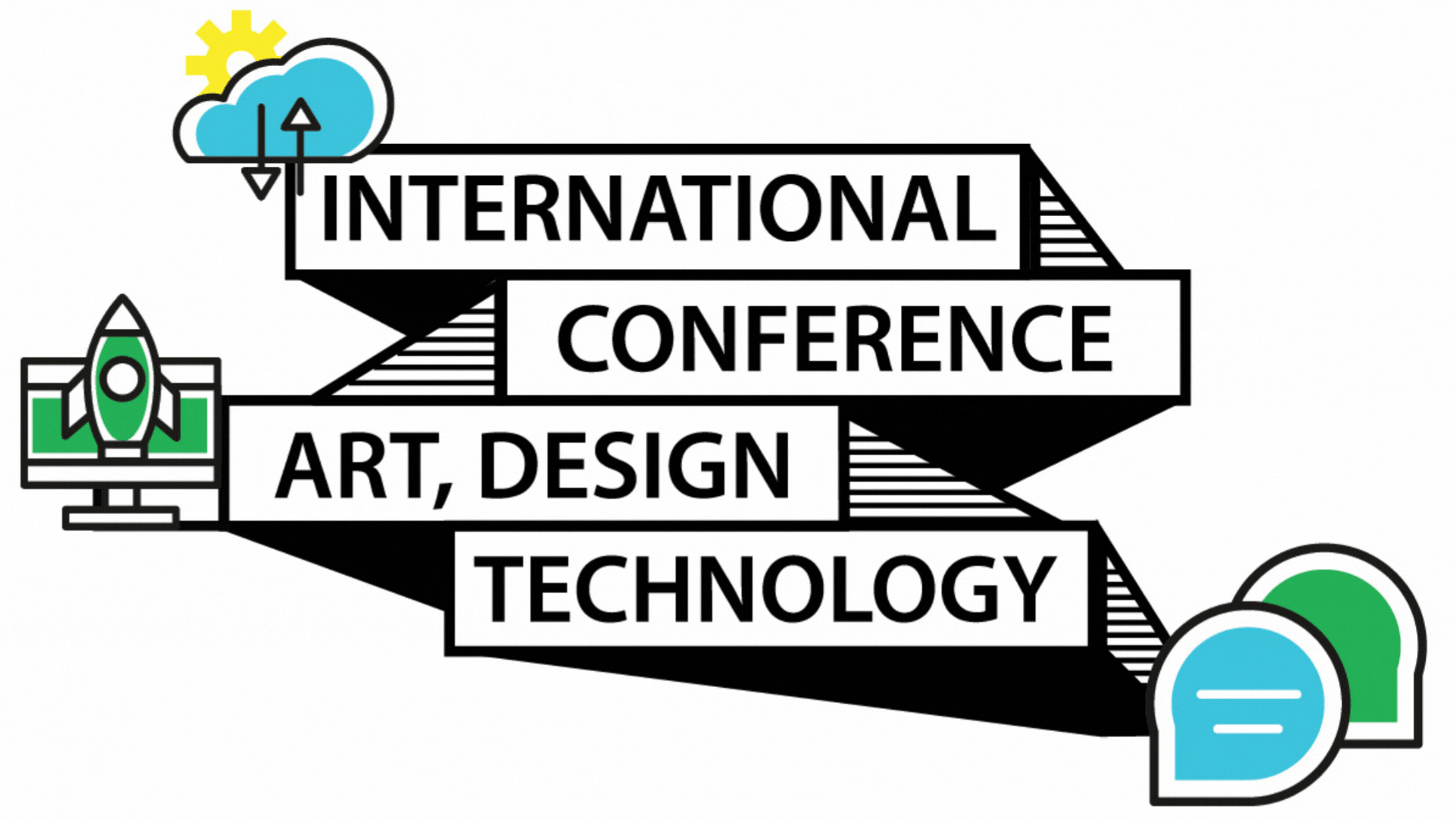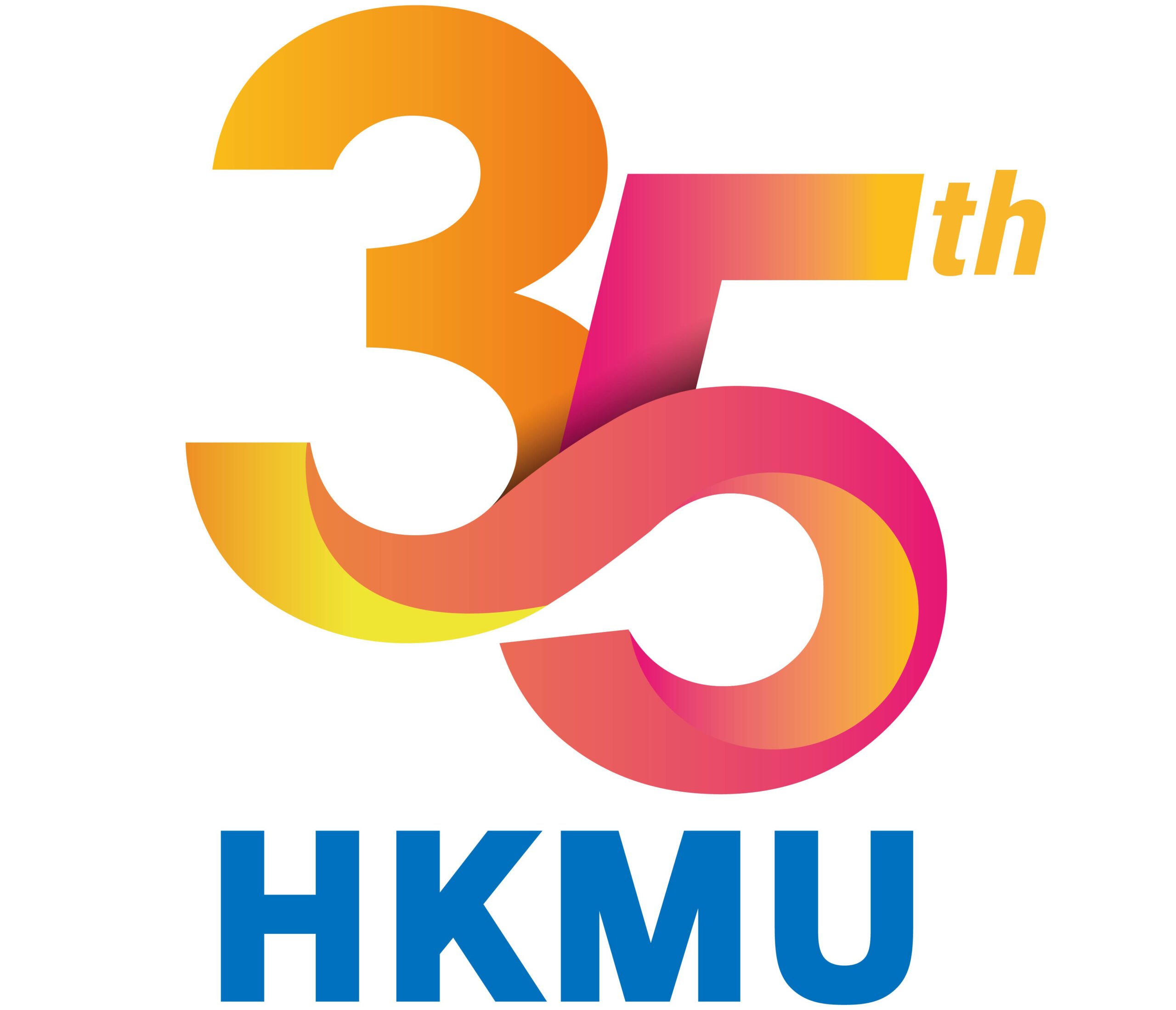Submissions
Submission Tracks
Track 1: Technology and Creative Expression
This track focuses on the intersection of technology and creative processes in art and design. It explores how technologies can be utilised to enhance artistic expression, generate novel design concepts, and push the boundaries of creativity.
Track 2: Interactive Media and Immersive Experiences
This track delves into interactive media and immersive experiences that blend art, design, and technology. It covers topics such as interactive exhibitions, virtual and augmented reality experiences, and multisensory installations that engage participants in unique and transformative ways.
Track 3: Data Visualisation and Visual Communication
This track explores the role of data visualisation and visual communication in art and design. It examines innovative approaches to representing complex data sets, communicating narratives through visual storytelling, and leveraging technology to create impactful visual experiences.
Track 4: Designing for Sustainability, Social Impact, Culture and Education
This track focuses on the intersection of art, design, technology, sustainability, social impact & culture and education. It explores how design thinking, innovation, and technological advancements can be harnessed to address pressing social and environmental challenges, fostering positive change through creative solutions.
Track 5: Emerging Technologies and Future Trends
This track explores emerging technologies and future trends in art, design, and technology. It covers topics such as robotics, bio-art, generative design, wearable technology, and other cutting-edge advancements that shape the future of creativity and artistic expression.
Submission Types
Full Papers:
Original research papers (6-8 pages) presenting significant contributions to the field.
Full papers are expected to present original and significant research contributions related to the conference theme. They should provide a comprehensive and in-depth analysis of the topic, supported by rigorous methodologies and substantial evidence. The expected length for full papers is between 6 to 8 pages.
Short Papers:
Work-in-progress papers, case studies, or preliminary research findings (4-6 pages).
Short papers provide an opportunity to present ongoing work, case studies, preliminary research findings, or innovative ideas related to the conference theme. They offer a concise overview of the research, highlighting key aspects within a limited space. The expected length for short papers is between 4 to 6 pages.
Paper Format
All submissions must be written in English.
Formatting:
Submissions should follow the conference paper template, which can be downloaded from the conference website. The template will provide guidelines for formatting, including font, margins, headings, and citation style. Please ensure that your paper adheres to the formatting guidelines provided in the template closely to ensure consistency and readability.
Anonymity:
To facilitate a double-blind review process, authors must ensure that their submissions do not include any information that may reveal their identities. Please remove author names, affiliations, and any other identifying information from the paper.
Originality:
Papers submitted to the conference must be original and should not have been previously published or currently under review elsewhere.
Review Process:
All submissions will undergo a rigorous double-blind peer-review process by an international panel of experts. The review criteria include relevance to the conference theme, originality, technical quality, clarity of presentation, and contribution to the field.
All papers must be written in English and follow the specified format (APA 7th) as outlined in the conference template.
Submissions should be in PDF format.
Submission Procedure
[Abstract Submission]
| 1. | Create an Account: |
|---|---|
| If you don’t have an account on the submission system, please create one by visiting the conference website and following the registration instructions. | |
| 2. | Paper Submission: |
| Log in to your submission account and navigate to the submission page. Provide the necessary details, including paper title, abstract, keywords, and author information. | |
| 3. | Confirm and Submit: |
| Review the details of your submission and confirm that all information is accurate. Once you have verified the information, submit your abstract through the submission system. |
Please make sure to stay tuned to this official website for any updates regarding submission requirements.
[Camera-ReadySubmission]
After the notification of acceptance, authors whose abstract have been accepted are required to follow the following submission procedure for camera-ready version submission:
| 1. | Notification of Acceptance: |
|---|---|
| Upon receiving the notification of acceptance, authors should carefully review the feedback and suggestions provided by the reviewers. It is important to address any revisions or modifications required to improve the quality and clarity of the paper. | |
| 2. | Camera-Ready Version: |
| Authors are expected to prepare their camera-ready version based on the feedback from the reviewers. Ensure that all comments and suggestions are addressed appropriately. Please pay attention to clarity, organisation, and coherence in presenting your research. | |
| 3. | Author Information: |
| In this stage of the camera-ready version, authors are NOT required to include their names, affiliations, and contact details. This information was omitted from the initial submission to facilitate the double-blind review process. | |
| 4. | Formatting and Guidelines: |
| The camera-ready version should strictly adhere to the conference paper template and formatting guidelines provided on the conference website. Please carefully follow the instructions regarding font, margins, headings, and citation style to ensure consistency among papers in the proceedings. |
[Finalised Camera-Ready Submission]
To ensure a smooth and complete submission process, please carefully follow the instructions outlined below for the finalised Camera-Ready version.
| 1. | Incorporate Reviewer Feedback: |
|---|---|
| Please thoroughly address the comments and suggestions provided by the reviewers in your revised paper. It is essential to make the necessary revisions to enhance the clarity, quality, and overall contribution of your work. | |
| 2. | Formatting Guidelines: |
| Ensure that your revised paper adheres to the formatting guidelines specified in the conference template once again. Please make any necessary adjustments to meet the required formatting standards, including font size, margins, line spacing, and citation style. | |
| 3. | Check for Accuracy: |
| Double-check your revised paper for any mistakes, including typographical mistakes, grammatical errors, and formatting inconsistencies. Include and pay close attention to the title, authors’ names, and affiliations, as these details will be used for indexing and publication purposes. | |
| 4. | Length Limit: |
| Verify that your revised paper meets the specified length limit as mentioned in the conference guidelines. If necessary, make appropriate adjustments to ensure compliance with the designated page limit. | |
| 5. | Supplementary Materials: |
| If you have supplementary materials, such as datasets, code, or multimedia files, please ensure they are properly prepared and organised for submission. Follow the conference instructions regarding supplementary material submission. | |
| 6. | Copyright Form: |
| Authors may also be required to complete and submit a copyright form, granting permission for the inclusion of their paper in the conference proceedings. The specific details and instructions regarding the copyright form will be provided along with the acceptance notification. | |
| 7. | Final Submission: |
| Authors should submit the finalised camera-ready version of their papers, along with any additional required documents (e.g., copyright form), through the same submission system. Follow the instructions provided on the submission page carefully and ensure that all required fields and files are correctly filled and uploaded. |
Please ensure that you submit your entry before the required submission deadline. Late submissions will not be considered for processing.
Endorsed by
© International Conference of Art, Design and Technology 2024
The conference was fully supported by a grant from the Research Grants Council of the Hong Kong Special Administrative Region, China (UGC/IIDS16/E01/23).





